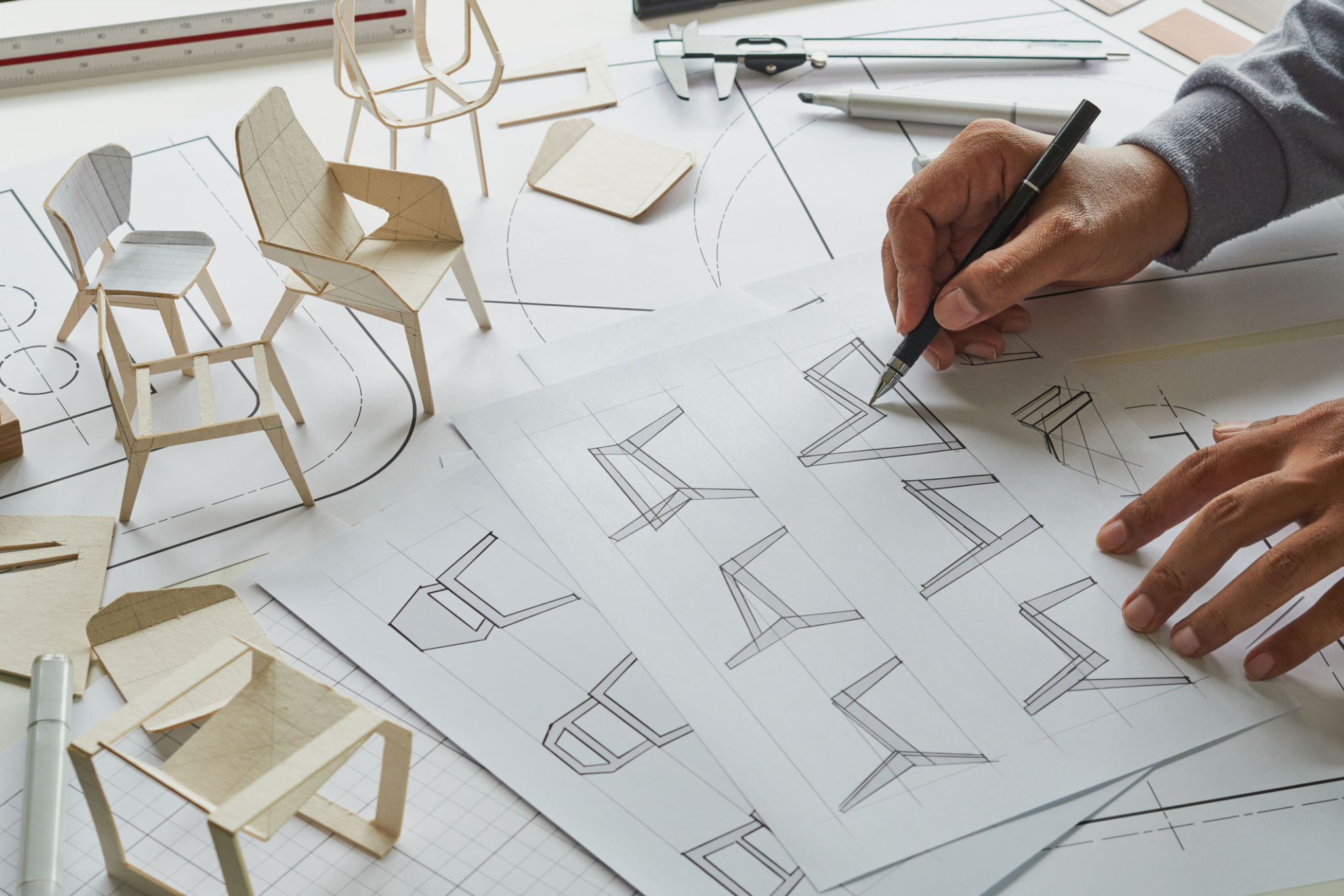Expert Tips for Enhancing Orthopaedic Product User Experience
Understanding the User's Needs
Enhancing the user experience for orthopaedic products begins with a deep understanding of the user's needs and challenges. Orthopaedic products are often used by individuals with varying levels of mobility, strength, and dexterity. Therefore, it is crucial to conduct thorough research to comprehend the diverse requirements of these users. This can be achieved through surveys, interviews, and direct feedback from patients and healthcare professionals.
By gathering insights into the daily experiences and challenges faced by users, designers and developers can create products that are not only functional but also intuitive and easy to use. Consideration of factors such as age, physical condition, and lifestyle can significantly influence product design, ensuring that it meets the specific needs of its intended audience.

Prioritizing Comfort and Ergonomics
Comfort and ergonomics play a pivotal role in the design of orthopaedic products. Users are more likely to continue using a product if it is comfortable and does not cause additional strain or discomfort. To achieve this, manufacturers should focus on materials that are soft, breathable, and hypoallergenic. The design should also promote proper alignment and support to prevent further injury or pain.
Ergonomic designs should accommodate various body types and sizes, offering adjustable features that enhance personalization. This adaptability ensures that the product can be customized to fit individual needs, promoting longer use and overall satisfaction.
Implementing Intuitive Design
Intuitive design is essential for enhancing the user experience of orthopaedic products. Users often prefer products that require minimal instruction and are easy to operate. Clear labeling, simple instructions, and user-friendly interfaces are vital components of an intuitive design.
Incorporating visual cues and tactile feedback can further enhance usability. For example, using contrasting colors for important buttons or features can aid users with visual impairments. Additionally, incorporating sensory feedback such as clicks or vibrations can provide assurance that the product is functioning correctly.

Ensuring Durability and Reliability
Durability and reliability are critical factors in user satisfaction. Orthopaedic products must withstand daily wear and tear while maintaining their functionality. High-quality materials and rigorous testing are necessary to ensure that products meet these standards.
A well-constructed product not only provides peace of mind to users but also reduces the likelihood of product failure or the need for frequent replacements. This reliability fosters trust and encourages continued use, ultimately enhancing the overall user experience.
Incorporating Technology
Integrating technology into orthopaedic products can significantly enhance functionality and user engagement. Smart features such as connectivity to mobile apps for tracking usage or providing feedback can offer valuable insights into the user's progress and how the product is being utilized.
These technological advancements can also facilitate remote monitoring by healthcare providers, ensuring timely interventions and adjustments to treatment plans. However, it is essential to ensure that any technological features are easy to use and accessible to users of all ages and tech-savvy levels.

Gathering Continuous Feedback
Finally, gathering continuous feedback from users is crucial for ongoing improvements in orthopaedic product design. Regularly seeking feedback allows manufacturers to identify areas for enhancement and address any emerging issues promptly.
User feedback can be collected through surveys, focus groups, or direct communication channels. By actively listening to user experiences and incorporating their suggestions, companies can develop products that consistently meet or exceed user expectations.
In conclusion, enhancing the user experience for orthopaedic products requires a holistic approach that considers comfort, ergonomics, intuitive design, durability, technological integration, and continuous feedback. By prioritizing these elements, manufacturers can create products that not only meet users' needs but also enrich their quality of life.
